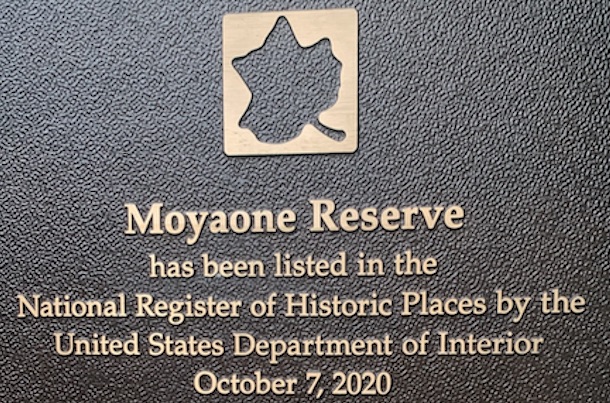On October 15, 1966 – 55 years ago today – Congress passed the National Historic Preservation Act. The act created the National Register of Historic Places, the list of National Historic Landmarks, and the State Historic Preservation Offices. It is the most far-reaching preservation legislation ever enacted in the United States. The act requires federal agencies to evaluate the impact of all federally funded or permitted projects on historic properties.
Last fall, Preservation Maryland published our LGBTQ historic context study – which includes more than 200 sites in Baltimore City and Baltimore County that are important to Maryland’s LGBTQ history – while working to nominate three of those sites to the National Register of Historic Places.
Related to The Campaign for Historic Trades

Campaign for Historic Trades Trainees, 2018.
The National Historic Preservation Act also inspired the Whitehill Report from the National Trust about the lack of (and need for) historic trades training, an issue The Campaign for Historic Trades, powered by Preservation Maryland, is now working to address. By tackling the systemic barriers to historic trades’ training, The Campaign aims to grow the vital historic preservation trades’ workforce.
Related to the Historic Property Redevelopment Program
The Burtis House, our latest Historic Property Redevelopment project, is a contributing structure with local significance in the Colonial Annapolis National Historic Landmark District which helped enable its documentation and lend to the efforts to save it. It will also have an easement conveyed by the Maryland Historical Trust, Maryland’s State Historic Preservation Office, further aiding in the house’s preservation. As such, any future projects on or near the site will require review for their effects on the structure. Without the NHPA, it’s not unimaginable that this house that holds so much history and represents a group that so significantly contributed to Annapolis’ development would not still be standing.

